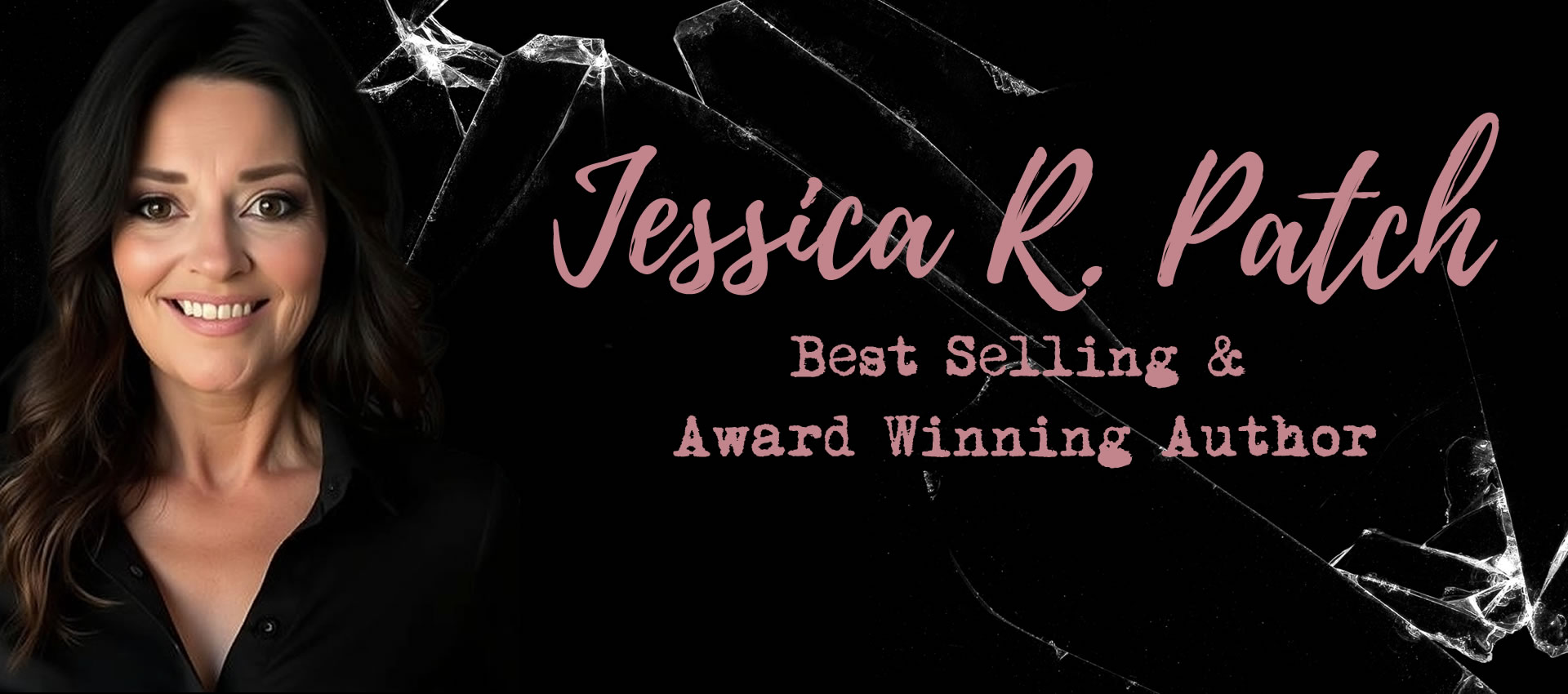Heeeeeere’s Johnny! (Jack Torrance, The Shining)
Keep your friends close, but your enemies closer. (Michael Corleone, The Godfather Part II)
I ate his liver with some fava beans and a nice chianti. (Hannibal Lector, The Silence of the Lambs.)
I’ll bet you didn’t even need my help with naming the movies or the villains that made these quotes famous, well infamous.
Villains /antagonists, whatever you want to call them have to exist to make a story work. Someone (or something but for the sake of this blog, it’s someone) has to stand in the way of what a protagonist/hero wants to get to. Peanut butter to the jelly. Oatmeal to the cream pie. Chocolate to the milk. You get it and I might be hungry.
Villains aren’t hard for me write. I revel in them. I know, I’m a Christian and evil is bad–but it is real. And if I’m going to try and convince a reader of that, plus show God triumph then I need to dive into the villain. Here’s a few things that I’ve found work well when creating a believable bad guy.
1. Make your villain normal or even above average.
Not all villains look like the picture above. In fact, the more “normal” (relative term) you make them, the better the story. Does Ian Somerholder look like an evil bad guy? Not so much, but boy does he play a bad guy–well vamp–in Vampire Diaries. (Don’t judge me!)
2. Distort your villain’s mind in order to motivate them into becoming your protagonist’s obstacle.
Ian Somerholder’s character, Damon, does twisted things out of his love for Elena. Half the time, you’re asking yourself why he would do something off the wall. That’s not love. That’s just making more trouble. Well yeah, but look who’s mind it is!
An average bear who’s jilted smashes a wall with his fist or drinks himself stupid. He doesn’t make it his quest to kill everyone the jilter loves. But a distorted mind will. Now we have a story. The jilter has to fight for the ones she loves and stop the villain.
Besides, distorted minds are interesting. Look at the True Crime market. Everyone wants to know, “Why do they do that?”
3. Don’t always save the villain.
Literally. As Christians, we want to redeem everyone! However, realistically and tragically, not everyone accepts salvation. If you write a story about a serial killer and you redeem him, I’ll give you a heinous review! 😉 Can they be? Anything is possible, but not likely.
Let’s take a revengeful man who tries to manipulate his high school sweetheart and ex-fiance into marrying him– again. He has a underlying agenda. What is his motive for this revenge? Abandonment, hatred for her family after he found out a secret–which most people would just be mad about and bitter–but if we distort his thinking and use Mr. Hotty as an obstacle to what the heroine wants, we’ve got an intriguing and mysterious story with layers of complexity and fun twists.
Circumstances ie backstory + distorted thinking= motivation to do heinous things normal people wouldn’t. But now you have a story.Is he redeemable? Absolutely. Will we redeem him? Nope. We’ll resolve the heroine’s conflict and leave him bitter, without peace, and alone. There’s a biblical lesson to learn, it stays real, and we can end happily ever after for our heroine. Reader satisfaction guaranteed.
4. Amp up your villain’s complexity by giving him/her at least one good trait. (this does not apply to sociopaths or psychopaths–they fake good qualites but don’t really have any)
The ex-fiance wasn’t the revengeful snake before he found out the secret (circumstances ie backstory). He still has some tender qualities that pop out from time to time that relate to the woman he’s seeking revenge on. It’s an internal tug-of-war.
He hates her and then remembers when he first met her or kissed her. He softens, rethinks what he’s doing…then remembers why he’s doing it which is the secret he discovered about her family that has a direct tie into his abandonment. Distorted thinking, “she deserves to pay and have a happy life snatched from her too”gives him new motivation to make her life miserable without her realizing what he’s up to.
It also makes the reader play internal tug-of-war. She’ll hate him, then feel sorry for him when she doesn’t really want to–if you flesh him out and write it well. Which is every writer’s goal.
*note* We don’t always want the reader to have mixed feelings for a villain, but in this case we do. It depends on the story you’re writing.
If you’re a writer, how do you create a great villain and do you enjoy it?
Readers, what makes a good villain to you and do you have a memorable one from a book you read or a movie you watched?
Have a great weekend! On Monday, you’ll meet author, Susie Brown.
Oh yeah, I’m a finalist at Clash of the Titles for most emotional scene! I’m being interviewed over there, so come by and say hi!
